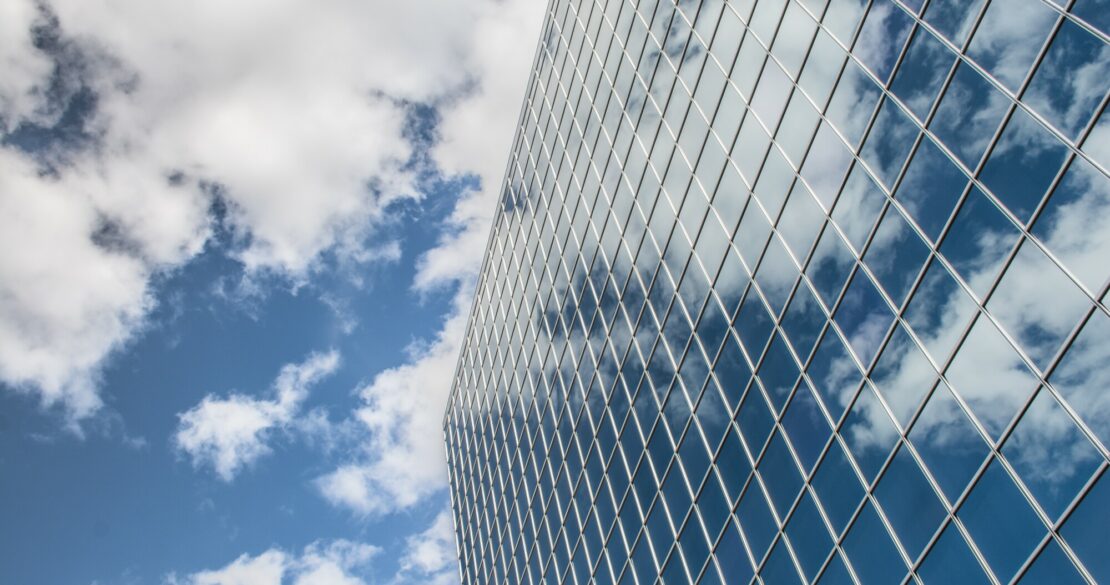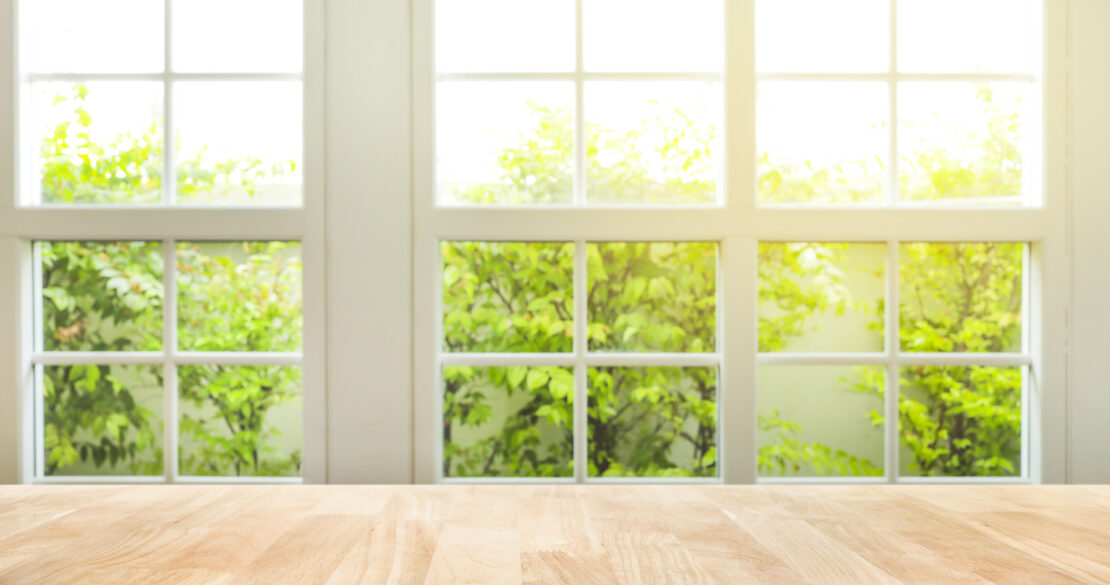In construction, certain types of glass are used for different purposes. As you might expect, you can’t always use conventional glass for every project. For those who are unfamiliar with construction glass and its properties, we’ve put together a short guide with the details that you need to know.
Let’s get started.
What Is Construction Glass?
As the name suggests, this term refers to glass that is used as a building material. As such, its use is not limited solely to windows. In fact, there are different types of glass that are specifically designed for different purposes.
For example, laminated glass is renowned for holding together when cracked. This makes it ideal for aquariums and bridges. Let’s take a look at the properties you can expect to find in construction glass.
What Are Its Properties?
In general, you can expect construction glass to have a significant amount of strength. This is particularly true if the material will be used to bear a large load.
One of the other most important factors to keep in mind is its transmittance. This refers to the amount of light that is able to pass through the glass.
Similarly, construction glass is also categorized based on its “U-value,” which refers to the amount of heat that is able to transfer through the glass. Other projects prioritize using glass that is 100% recyclable in order to minimize the impact that the project has on the environment.
How Is It Used?
Construction glass is used for a wide variety of different purposes. One of the most common is to install a glass surface within a structure that is shatterproof.
This type of glass includes plastic polyvinyl butyral during its production, preventing sharp edges from forming when the glass breaks.
Other types of glass are specifically designed to be as clear as possible. This is achieved by making the glass highly photocatalytic and hydrophilic, to factors that combine to create a stain-proof glass surface.
Of course, colored glass is commonly used within construction, as well.
Although this glass is typically used for its aesthetic appeal, it can also affect the amount of light and UV rays that are able to pass through its surface. An office that faces the sun, for example, might include a glass of a certain shade that prevents the office itself from getting too hot during peak sunlight hours.
There is a type of construction glass for virtually any project— all you have to do is ensure you choose the right one.
Using the Right Construction Glass Is Essential
The above information will help you make the right decision. From here, you’ll be able to get the most utility out of construction glass during your project.
Want to learn more about what we have to offer? Feel free to get in touch with us today and see how we can help.





